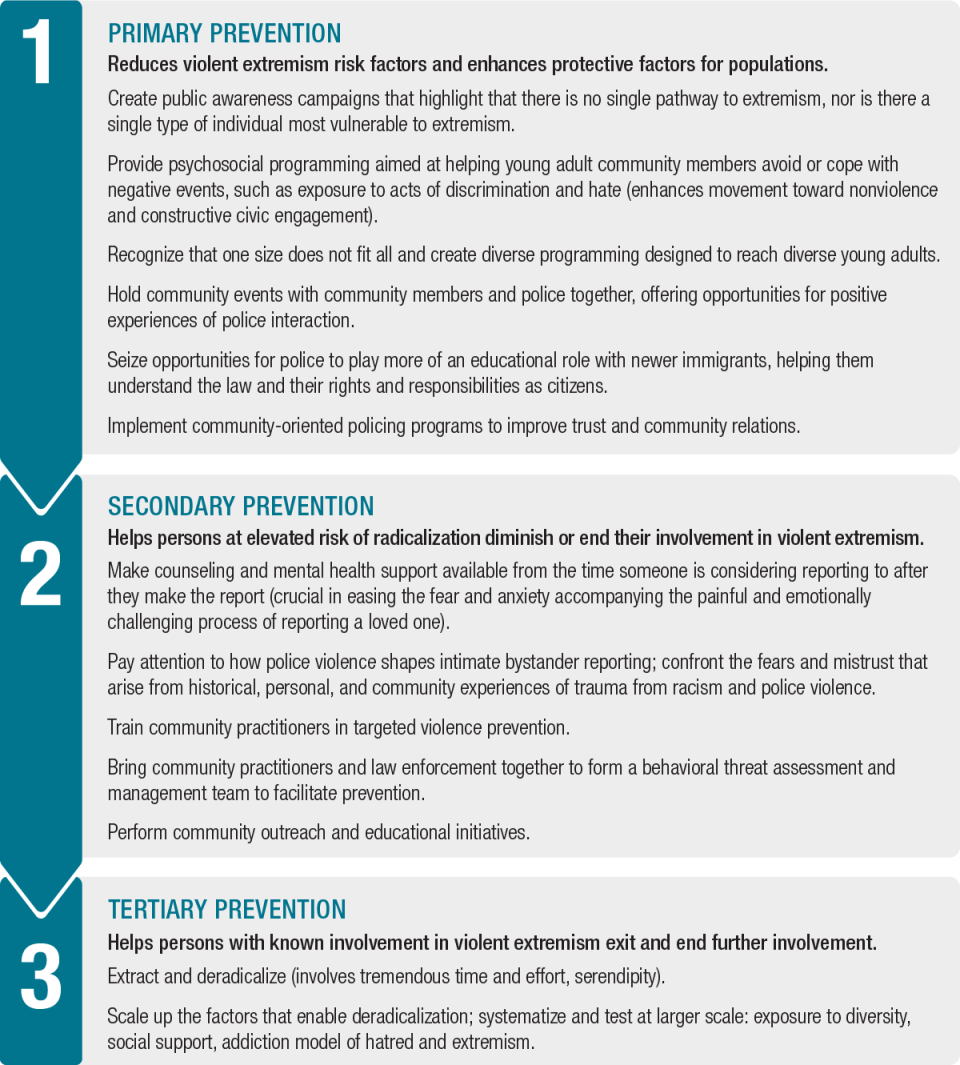Exhibit 2. A Public Health Approach to Addressing Domestic Radicalization and Violent Extremism
This is exhibit 2 “A Public Health Approach to Addressing Domestic Radicalization and Violent Extremism” for the NIJ Journal article “The Roles of Trauma and Mental Health in Preventing Domestic Radicalization and Violent Extremism.”
Primary prevention reduces violent extremism risk factors and enhances protective factors for populations.
Examples of primary prevention:
- Create public awareness campaigns that highlight that there is no single pathway to extremism, nor is there a single type of individual most vulnerable to extremism.
- Provide psychosocial programming aimed at helping young adult community members avoid or cope with negative events, such as exposure to acts of discrimination and hate (enhances movement toward nonviolence and constructive civic engagement).
- Recognize that one size does not fit all and create diverse programming designed to reach diverse young adults.
- Hold community events with community members and police together, offering opportunities for positive experiences of police interaction.
- Seize opportunities for police to play more of an educational role with newer immigrants, helping them understand the law and their rights and responsibilities as citizens.
- Implement community-oriented policing programs to improve trust and community relations.
Secondary prevention helps persons at elevated risk of radicalization diminish or end their involvement in violent extremism.
Examples of secondary prevention:
- Make counseling and mental health support available from the time someone is considering reporting to after they make the report (crucial in easing the fear and anxiety accompanying the painful and emotionally challenging process of reporting a loved one).
- Pay attention to how police violence shapes intimate bystander reporting; confront the fears and mistrust that arise from historical, personal, and community experiences of trauma from racism and police violence.
- Train community practitioners in targeted violence prevention.
- Bring community practitioners and law enforcement together to form a behavioral threat assessment and management team to facilitate prevention.
- Perform community outreach and educational initiatives.
Tertiary prevention helps persons with known involvement in violent extremism exit and end further involvement.
Examples of tertiary prevention:
- Extract and deradicalize (involves tremendous time and effort, serendipity).
- Scale up the factors that enable deradicalization; systematize and test at larger scale: exposure to diversity, social support, addiction model of hatred and extremism.


